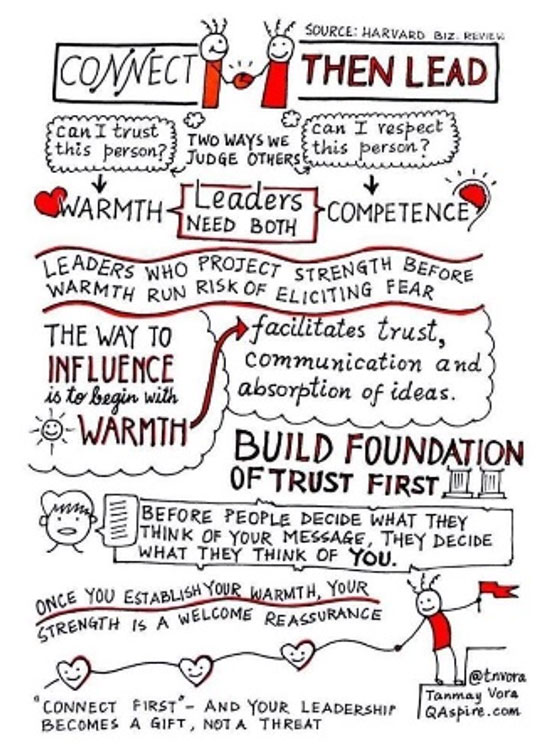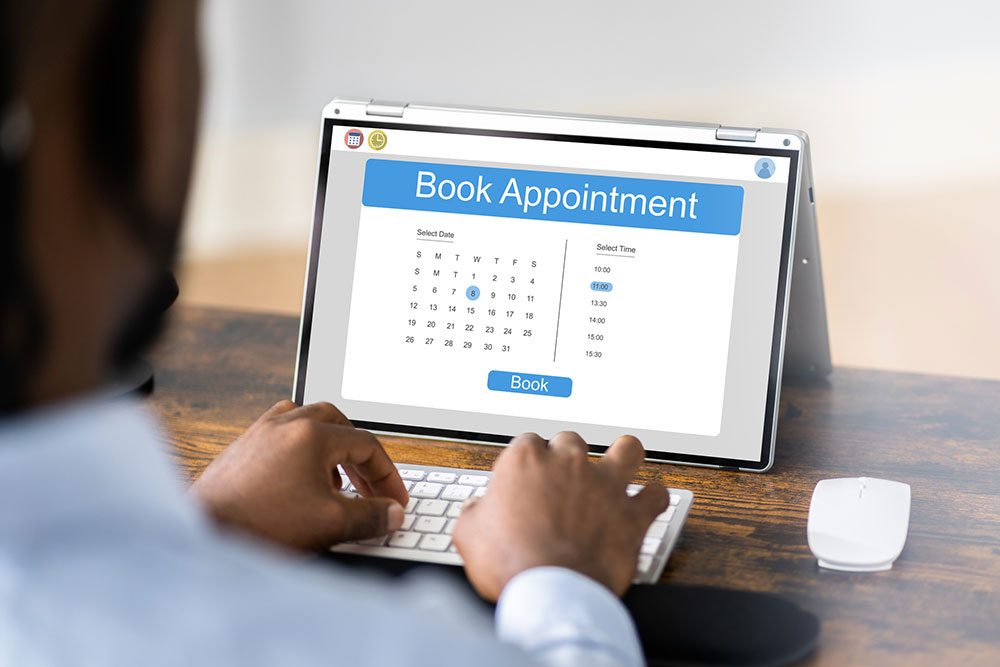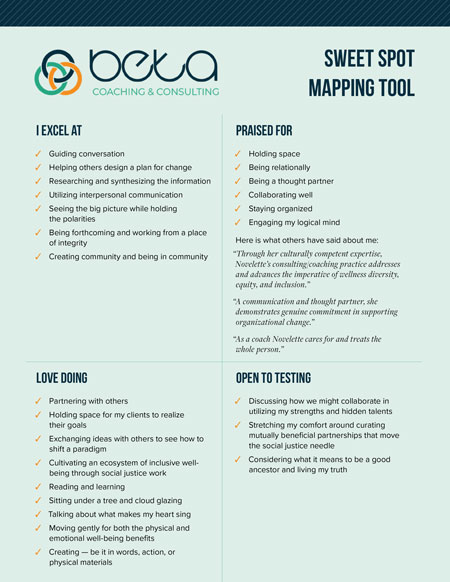At times it feels like the desire for social connection is in opposition to the ways people are currently working. While this is a general viewpoint, most organizations use productivity, profit, and competition as the measures of success rather than connectedness.
Work is a big part of our lives, with most of us spending 1/3 to ½ of our day working. Having connections with our colleagues is crucial for our occupational and social well-being, yet many are dissatisfied.
Is Work The Place To Connect?

Ted is looking at the screen of twenty-three other faces in their tiny squares. He is attending the monthly department meeting and listening to the director talk about how the team might feel more connected by being onsite once a month. Ted joined the team 10 months ago, and he has only connected with one other member of the team. Somewhat pessimistic, he wonders what would be different about a 90-minute onsite monthly meeting. What happens to the other twenty workdays in the month? To Ted, the director’s comments felt like an oversimplification of what he needed to feel connected to those strangers on the screen.
According to Fisher & Phillips, work [gathering] doesn’t always promote meaningful connection.
Employees are not recruited and hired to connect with each other. Rather they are hired for their skills and past successes. Additionally, organizations are structured to foster competition instead of collaboration, rewarding individual accomplishments, and fueling a zero-sum game mentality. This does not align with a connection mindset!
Add on to this fact underrepresented groups are 1.6X more likely to experience less connection than their majority peers. So, leaders who understand and tackle these historical factors that impact employees of color will promote a sense of belonging with underrepresented group members.
The article, “3 ways Black Workers Say Their White Colleagues and Managers Can Support them,” notes that people are more productive at work when they feel that colleagues see them with nuance — with unique passions, talents, and interests — rather than pigeonholing or stereotyping them based on race or gender. Is this aspirational? Are organizations getting closer to this reality?
Connect then Lead with Trust
Even though much has been written that employees who have relationships with five friendly colleagues at work feel connected, many leaders simply do not know how to achieve connectedness in the workplace. Dr. Brené Brown writes, “cultivating meaningful connection is a daring and vulnerable practice that requires grounded confidence, the courage to walk alongside others, and story stewardship.” There is a lot here in Brown’s definition of connection.
Language matters and understanding how words in the statement above resonate with you and your colleagues is helpful in getting closer to establishing meaningful connections. Before requiring your workforce to return to the office as a form of creating connection, one might consider inviting your team to share what is important to them about feeling connected at an individual and collective level.
Back to Ted’s story. As Ted scanned the Zoom squares, he noticed only three BIPOC presenting staff members out of the twenty-four including himself. The chatter that ensued did not include the voices of the BIPOC staff or their direct reports. Those talking the most were all at the director or manager level.

Which do you think comes first — connection or trust? I would suspect for Ted that the foundation of trust has not yet been established to build connections. For employees of color, lack of connection is not new, and the workplace is not often where they traditionally forge friendships.
Connections are all-inclusive. Engaging employees involves prioritizing and building relationships, especially among dispersed teams to nurture connections. Managers can make processes easier by getting to know the unique needs of their direct reports, then creating opportunities for remote colleagues to socialize, collaborate, and build camaraderie. The quality of the connection is directly correlated to an inclusive mindset that starts by cultivating a welcoming environment on day one.
Leaders who foster connections demonstrate empathy, trust, and compassion to create a safe environment for colleagues to excel. They treat employees as individuals while looking for new ways of working and relating to colleagues. A key attribute of feeling safe is the ability to share emotions. A question to ask is how your organization is supporting colleagues’ expression of emotions in a safe space and without repercussions. This is the work that builds trusting relationships.
Speaking from my personal experience, speaking up and being listened to are not equal across the hierarchical structure of an organization. It takes a lot of energy — lots of mental energy — attention and analysis to authentically be oneself in an environment where psychological safety is not demonstrated across the organization. All of this conflicts with cultivating genuine connections.
Connection is Crucial

Work is a large part of how we spend our time and define ourselves. Therefore, professional connections can be crucial to our sense of occupational and social well-being. Pursuing meaningful connections empowers each of us to achieve our full potential.
Judith Jordan states that there has been an evolution in the perspective connection from one of survival to purpose and meaning. As social beings, we derive meaning from our collective connection and working cooperatively together. We have a golden opportunity to transform and innovate how we connect with each other at work. It is worth repeating Dr. Brené Brown definition of connection, “as the energy that exists between people when they feel seen, heard, valued: when they can give and receive without judgment; and when they derive sustenance and strength from the relationship.”
The opportunity now is to facilitate genuine connection on purpose and without judgment! At BETA Coaching & Consulting, we curate inclusive well-being strategies with our clients and welcome the opportunity to learn about your experience with meaningful connections at work.






 A discovery session is largely influenced by a
A discovery session is largely influenced by a 

